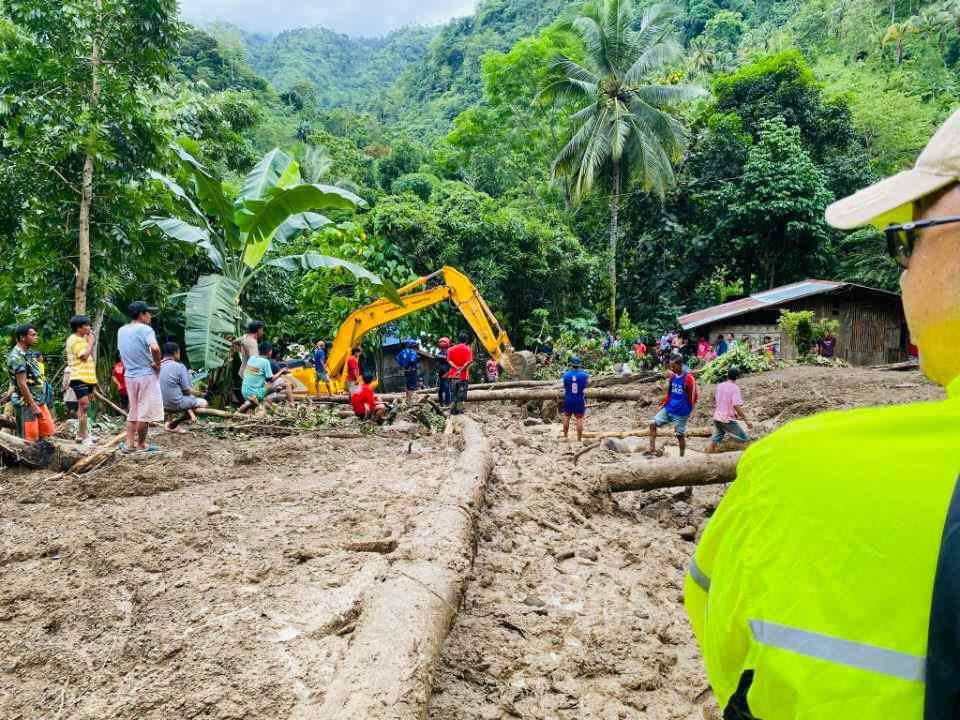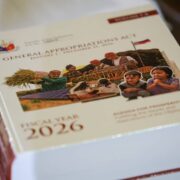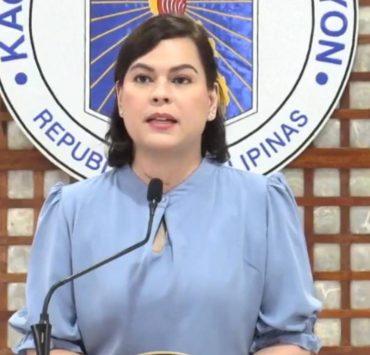A month’s rain dumped on Zambo City in a day

ZAMBOANGA CITY—While the local government here has prepared its disaster response outlook for the heavy rainfall that La Niña will bring, the volume of rain dumped into the city in the last few days was simply too much for its physical capacity to bear.
The city experienced torrential rains from July 11 to July 13, followed by intermittent rains on July 14 and July 15. Although there were only drizzles beginning on Tuesday, a gloomy sky cast over the city.
According to Rodel Inclan, officer in charge of the state weather bureau’s station here, the downpour on July 12 was the heaviest, at 170.2 millimeters in 24 hours.
“It was an extreme condition because the normal rainfall amount that we have for (the entire) July is actually only 115.3mm,” Inclan said, citing last year’s average rainfall for July. It was 84 years ago when the city experienced a similar condition, on July 9, 1940, Inclan added.
Inclan noted a noticeable change in weather patterns in the city.
“In the past years, we prepared boots, raincoats and umbrellas in July, August, September and October. But the pattern changed especially when we experienced La Niña and El Niño. For La Niña, we experienced rainfall from January to February… Now there are some changes, rainy days reach until December, and during the dry season, it becomes extreme,” he said.

Severely battered
The recent rains left more than half of the city underwater, said Elmeir Apolinario, city disaster risk reduction and management officer.Based on the flood mapping made by the City Disaster Risk Reduction and Management Office, 58 of the 98 barangays experienced either flooding, landslides and rockslides. Of these, 32 were severely battered by floods.
Apolinario confirmed that six persons died, two were buried by landslide in Barangay Pamucutan and four drowned after being swept by rampaging waters in the villages of Vitali, Calarian and Pamucutan.
The six were among 14 fatalities recorded in Mindanao, eight of whom were from the Bangsamoro Autonomous Region in Muslim Mindanao (BARMM).
City social welfare and development officer Maria Socorro Rojas said a total of 6,076 families or 18,358 individuals were displaced from their homes, housed in 41 evacuation centers.
In anticipation of La Niña, Rojas said they had prepositioned relief goods to increase their response time for delivering humanitarian aid.
Sanitation issues
In BARMM, amid reports of children getting ill in one evacuation center due to sanitation issues and absence of clean water, government relief agencies went all out to provide immediate relief and cushion the impact of the severe floods on its residents.
As floodwater began to recede in affected localities on Wednesday, the gloomy weather and occasional rain in the region continued to scare many residents, especially in Maguindanao del Sur and Maguindanao del Norte towns situated within the 2,200-square-kilometer radius from the Liguasan marshland.
The calamity has affected 120,674 families, or 601,320 individuals, in 413 barangays across the region, the Rapid Emergency Action on Disaster Incidence (READi), the disaster response arm of BARMM, reported.Pagalungan town in Maguindanao del Sur had the most number of displaced population at 112,395 families, followed by Ligawasan in BARMM’s Special Geographic Area with 10,793 households and Datu Montawal, also of Maguindanao del Sur, with 7,985 families, according to Leobelo Jofel Delicana, operations division chief of READi.
In an evacuation center in Barangay Fort Pikit of Ligawasan, 10 children, age 4 to 8, were stricken with diarrhea, according to village health worker Bairida Sangcupan.
She said the children who complained of stomachache were among the close to 300 families housed at the village’s evacuation center.
Sangcupan said the children were not confined in the hospital but were still under observation after they were given immediate relief, such as oral rehydration solution and Loperamide.
“Lack of clean water and poor sanitation must be the cause of their ailment,” Sangcupan said.She said potable water supply and lack of toilets remained two of the major concerns by evacuees at the shelter.
The displaced families depended on food packs from the local government but the food rations were not enough to sustain them in the coming days, she said.
The BARMM Ministry of Health on Tuesday declared a “code white,” putting all medical front-liners on alert to respond to an expected spike in the number of patients or emergencies due to floods.
BARMM Health Minister Kadil Sinolinding Jr. said a code white protocol was declared in all BARMM hospitals in areas affected by floods and landslides “for possible increase in number of patients and medical emergencies.”
‘Nowhere to go’
In Pagalungan town, adults and children trooped to the national highway, bringing placards asking for help from motorists.
Benjamin Alip, Pagalungan’s disaster response chief, said at least 11,000 families from the town’s 12 villages fled their homes after the Rio Grande de Mindanao River overflowed.Most of the displaced stayed with relatives but there were others who set up makeshift structures beside the Maguindanao-Cotabato highway.
“These residents have no place to go,” said Alip. –Julie S. Alipala, Edwin O. Fernandez, Williamor A. Magbanua





















